For 34 years, the unsolved murder of Swedish Prime Minister Olof Palme has been nothing short of an open wound in Sweden, and it has given rise to numerous conspiracy theories over the years.
Today, the long-running murder investigation ended, as chief prosecutor Krister Petersson revealed who he thinks held the gun: Stig Engström, an advertising consultant for insurance company Skandia, who disliked Palme and had access to weapons, but had never previously featured among the prominent suspects.
More than 130 people have confessed to killing Palme, more than 600 million kronor is estimated to have been spent on the case. It's been the biggest news story for 34 years, and it ended with a whimper.
To me, it feels surreal.
My mum was pregnant with me when Palme was killed, so I obviously don't have any of my own memories of the early days of the investigation – botched from the start as investigators tried to turn dead ends into leads.
But it has nevertheless been a major part of my life, and everyone else's life in Sweden. If you're old enough, you will always remember where you were when you first heard that the prime minister had been killed. But even if you're not, there has been no escaping the ghost of the Palme probe over the past three decades.
When I moved to Stockholm five years ago, there were so many place names that I really only associated with the murder – the hospital where the ambulance brought him, the cinema where he and his wife Lisbet spent the evening, the mystery shooter's escape route down Tunnelgatan, up the steps and into the night.
Every once in a while, there has been a new story in Swedish tabloid, a new theory for the large number of hobby detectives investigating the murder to get their teeth into, a new anniversary as the years pass by.
And now, the case is closed.
Prosecutor Krister Petersson has named Stig Engström (‘the Skandia man’) as the main suspect of the murder of Swedish PM Olof Palme in 1986. But because he died in 2000, he cannot be charged (i.e. neither cleared nor convicted) and the case will be closed. https://t.co/4pYA1mE8Ve
— Emma Löfgren (@ekjlofgren) June 10, 2020
The suspect is dead, so there will never be a trial. We will never know what he would have told a court, we may never know whether he acted alone (Petersson thinks that he did, but also said that a wider conspiracy could not be ruled out). He will never be able to clear his name and a court will never be able to convict him.
As Petersson told today's press conference – a two-hour study in Swedish bureaucratic use of powerpoint presentations that took us down the long and winding road of the 34-year-old murder investigation – he as the prosecutor needs only enough evidence to bring a suspect to court, which will not happen in this case.
But that is not the same as a conviction.
Hopes were dashed today when no new forensic evidence – or indeed any forensic evidence at all – was presented, with the prosecutor basing the case on a series of incriminating, but circumstantial, factors.
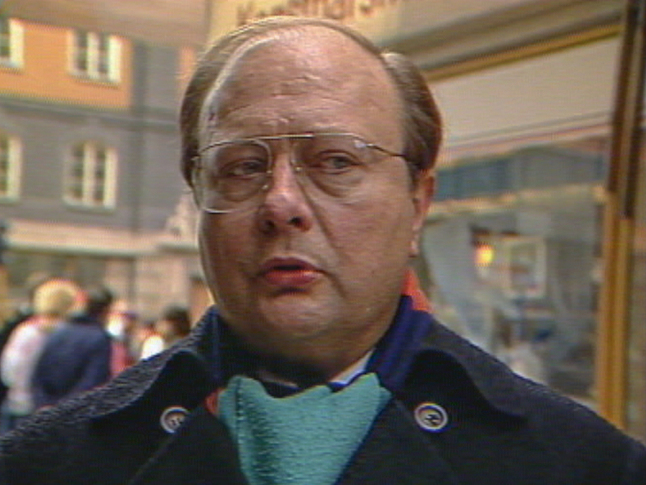
Stig Engström claimed to have been a key witness at the scene of the murder. Photo: SVT/TT
Stig Engström, also known as “the Skandia man”, was questioned as a witness back in the 80s and was interviewed in the media several times. But when his witness statements did not add up, he was fairly rapidly dismissed as an unreliable attention-seeker who was simply trying to overstate his own importance.
Petersson took his time to go through a long list of evidence: that Engström's clothes matched descriptions of the killer, that no other witness on the scene was able to back up Engström's own claims of his contributions or even remember him, and that many of Engström's own movements that night matched those of the killer.
You would not normally name a deceased accused, but Petersson clearly felt an obligation to offer as thorough a presentation as possible to give Swedes an explanation they can come to terms with.
But there was no smoking gun, not even in the literal sense. Rumours that a murder weapon had been found proved insubstantial. Nothing new was presented on Wednesday – many parts of the claims of evidence against Engström had already been listed at length by journalist Thomas Pettersson in the magazine Filter in 2018. Today mostly felt like a recap of what had previously been hashed out in Swedish media.
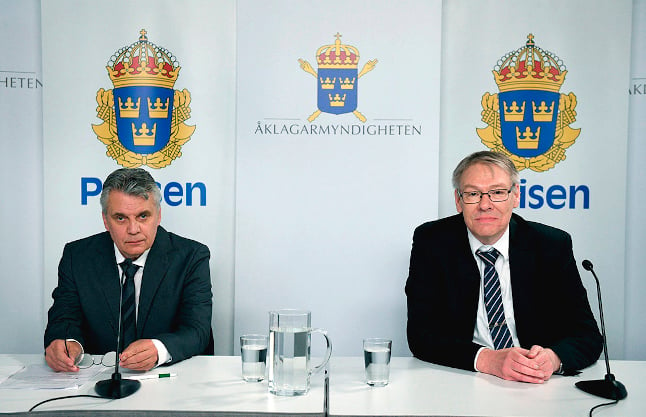
Chief police investigator Hans Melander and chief prosecutor Krister Petersson at the press conference. Photo: Polisen/TT
I asked Petersson whether he thought the public would accept his conclusions.
He said he believed he had taken the investigation as far as it could go, but added: “I am not so stupid I don't understand that different conspiracy theories will keep afloat in the public domain the way they have done over the past 34 years. But we have a conclusion that we feel that we can stand behind.”
Palme's widow Lisbet always stuck by her original testimony, where she pointed out another man as the killer. But Palme's three sons today said that although they were disappointed with the lack of forensic evidence, they believed that prosecutor Petersson had presented a convincing case, and accepted his conclusions.
That's not a court verdict either, but perhaps his family's calm acceptance can help the rest of us find closure.
I think a lot of people in Sweden will feel a sense of disappointment today; we had all been hoping for more, for a conclusive answer. But there may also be a sense of relief. After 34 years, perhaps it is time to move on.

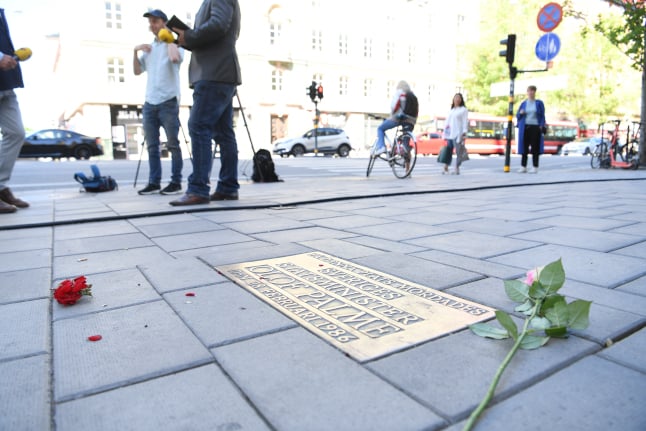
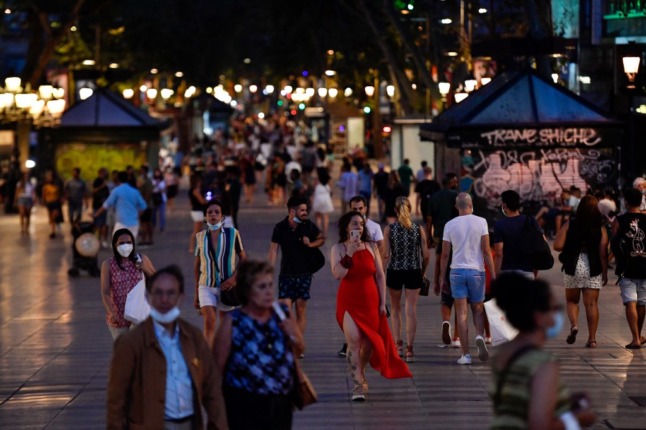
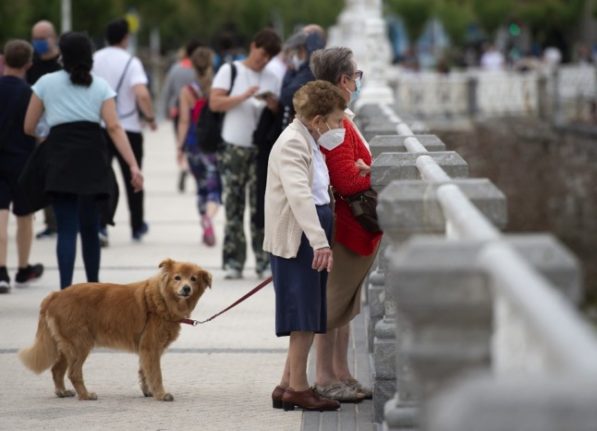
 Please whitelist us to continue reading.
Please whitelist us to continue reading.
I don’t understand. Is it possible in Sweden to litter someone’s name, especially if deceased some years ago, without being charged for slender? Can prosecution name whom they think is the murderer and that’s it?
worst season finale ever
@Renato – Thanks for asking. There is likely going to be quite a lot of ethical discussion about this. In general, the prosecutor would not name a deceased suspect and there is indeed a crime called “defamation of a deceased person”. However, some of the factors that would also be taken into consideration are how much time that has passed since the incident, and the huge amount of public interest in this case.